order

Coleoptera
“Adult Beetles”

Coleoptera
“Larval Beetles”

Diptera
“True Flies”

Ephemeroptera
“Mayflies”

Hemiptera
“True Bugs”

Lepidoptera
“Aquatic Caterpillars, Snout Moths”

Megaloptera
“Alderflies, Dobsonflies, and Fishflies”

Odonata
“Dragonflies and Damselflies”

Plecoptera
“Stoneflies”

Trichoptera
“Caddisflies”
family
Ephemerellidae
Drunella
“Spiny Crawler Mayflies”
Genus Overview
12 species in North America. The genus is fairly easy to recognize by the enlarged femur with serrations. Known to be found in small streams to large rivers among the gravel behind large boulders or on course organic matter. Species within the genus vary by the frontoclypeal projections, hairyiness, and with or without paired tubercles.
Characteristics
POLLUTION TOLERANCE
Southeast: 0.1 and higher
0 = least tolerant, 10 = most tolerant
FEEDING HABITS
Collector / Gatherer
Engulfer / Predator
Scraper / Grazer
Engulfer / Predator
Scraper / Grazer
MOVEMENT
Clinger
Sprawler
Sprawler
DISTRIBUTION
Widespread (east of the Rocky Mtns.)
HABITAT
Lotic-erosional
Diagnostic Characters
Order
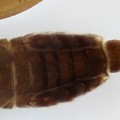
Abdominal Gills
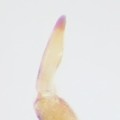
Single Tarsal Claw
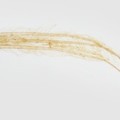
Usually 3 Tails
Family
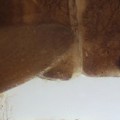
Segment 2 Without Gills
Genus
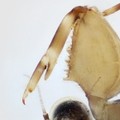
Forefemur
+ Expanded Character List
Order:
Wings developing in wing pads. Mouthparts suitable for chewing. Gills present on tops and sides of abdomen. Segmented legs present. One tarsal claw per leg. Usually with 3 tails (sometimes 2).
Family:
Gills on abdominal segment 1 rudimentary or absent. Abdominal segment 2 without gills. Gills on abdominal segments 3 (if present) and 4–7 have two layers: a top layer that is oval and plate-like and a bottom layer that is multi-lobed; in preserved specimens these gills lying in paired dorsal depressions and camouflaged, not readily seen by novices. Abdominal terga often with paired tubercles. Mature larvae 5–15 mm long, not including tails.
Genus:
Large expanded profemur with serrations, gills start at abdominal segment 3,
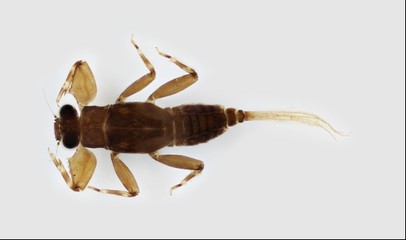

Dorsal
Ventral



